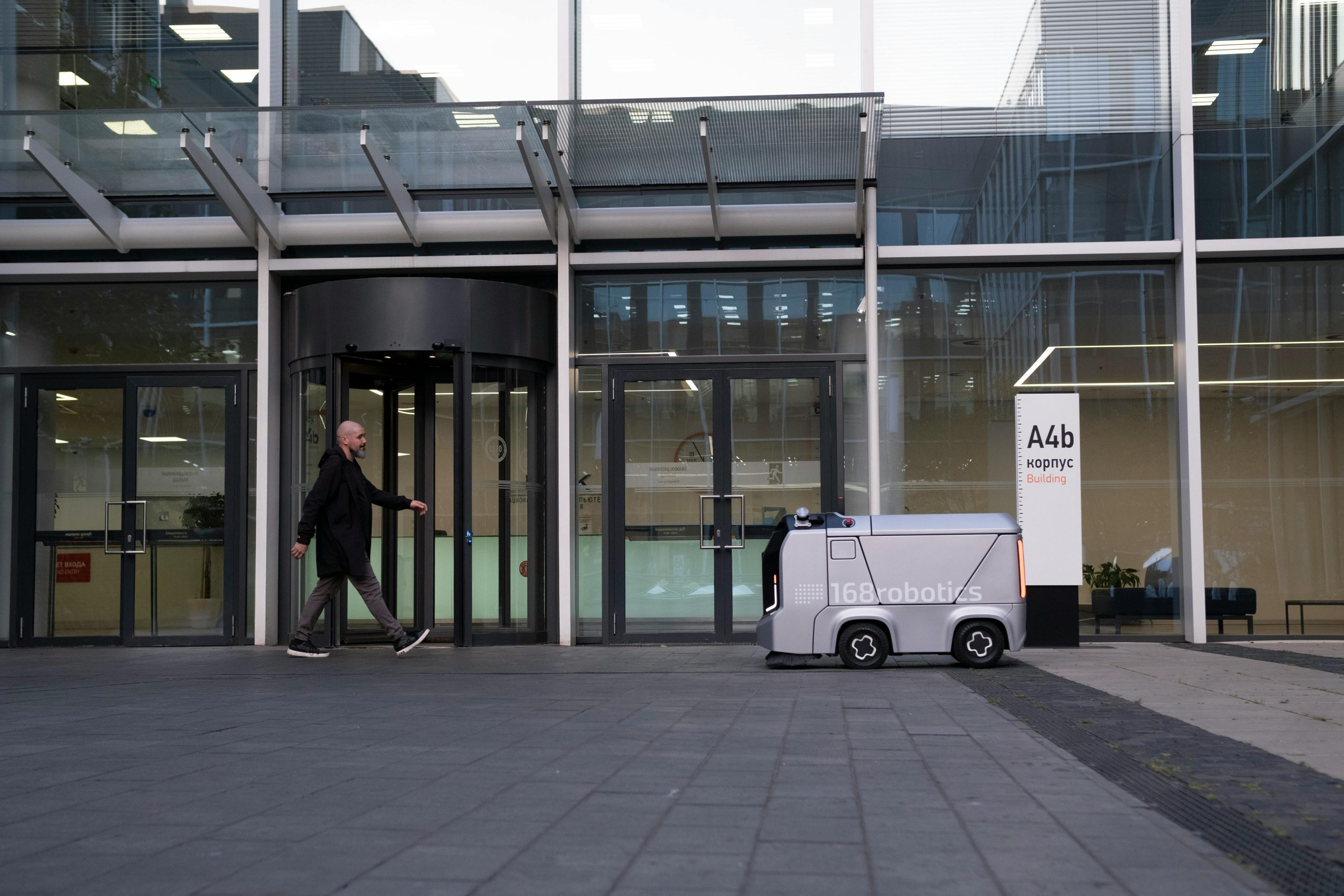Japan’s High-Tech Appliances: Innovations in AI and Robotics
When it comes to cutting-edge technology, Japan is often at the forefront of innovation. With a strong focus on research and development, the country has a long history of producing some of the most advanced and high-tech appliances in the world. In recent years, this has been particularly evident in the fields of artificial intelligence (AI) and robotics. From smart homes to robotic assistants, Japan’s high-tech appliances are revolutionizing the way we live and work. In this article, we will take a closer look at some of the most notable innovations in AI and robotics coming out of Japan.
Advancements in AI Technology
From Voice Assistants to Personal Companions
One of the most well-known and widely used AI innovations from Japan is the popular virtual assistant, Siri. Developed by Apple and introduced in 2011, Siri uses natural language processing and machine learning to respond to voice commands and perform tasks for its users. However, Japan has taken this concept even further by creating AI companions that can not only assist with tasks but also engage in conversations and provide emotional support.
One such example is the high-tech robot, Pepper. Developed by Softbank Robotics, Pepper was introduced in 2014 and has since become a common sight in retail stores and customer service roles. What sets Pepper apart is its ability to read emotions and respond accordingly, making it capable of providing comfort and companionship to its users. In fact, some nursing homes in Japan have started using Pepper to help elderly residents combat loneliness and isolation.
Improving Efficiency in Home Appliances
In addition to personal assistants, Japanese companies are also utilizing AI technology to improve efficiency and convenience in home appliances. For example, Panasonic has developed a smart refrigerator that uses AI to track food expiration dates and recommend recipes based on the ingredients available. This not only reduces food waste but also makes meal planning easier for busy households. Similarly, AI-powered washing machines can now detect load sizes and select the most efficient cycle, saving both time and energy for users.
The Rise of Robotics
Assisting in Daily Tasks
Japan’s aging population has led to a shortage of caregivers, prompting the development of robots that can assist with daily tasks and provide support for seniors. One example is the RIBA II robot, designed to help older adults with household chores such as cleaning and cooking. With a growing elderly population in many countries, Japan’s advancements in robotic technology have the potential to greatly improve the quality of life for seniors and their caregivers.
Revolutionizing Manufacturing Processes
Robotics has also had a significant impact on Japan’s manufacturing industry. With a focus on precision and efficiency, Japanese companies have integrated robotics into their production processes to increase productivity and reduce costs. From assembling cars to packaging goods, robots have proven to be a valuable asset in improving the quality and speed of manufacturing in Japan.
The Future of High-Tech Appliances in Japan
As technology continues to advance, Japan’s high-tech appliances are only expected to become more sophisticated and specialized. With a culture that values efficiency and attention to detail, it’s no surprise that Japan has become a leader in AI and robotics. These innovations not only provide convenience and comfort in our daily lives but also have the potential to solve real-world problems and improve society as a whole. So the next time you use a voice assistant or see a robot in action, remember to thank Japan for its contributions to the world of high-tech.
In Conclusion
In conclusion, Japan’s advancements in AI and robotics have proven to be game-changers in various industries and aspects of daily life. From personal companions to manufacturing processes, these innovations continue to push the boundaries of what is possible with technology. With ongoing research and development, we can only expect to see even more groundbreaking advancements coming out of Japan in the near future.






